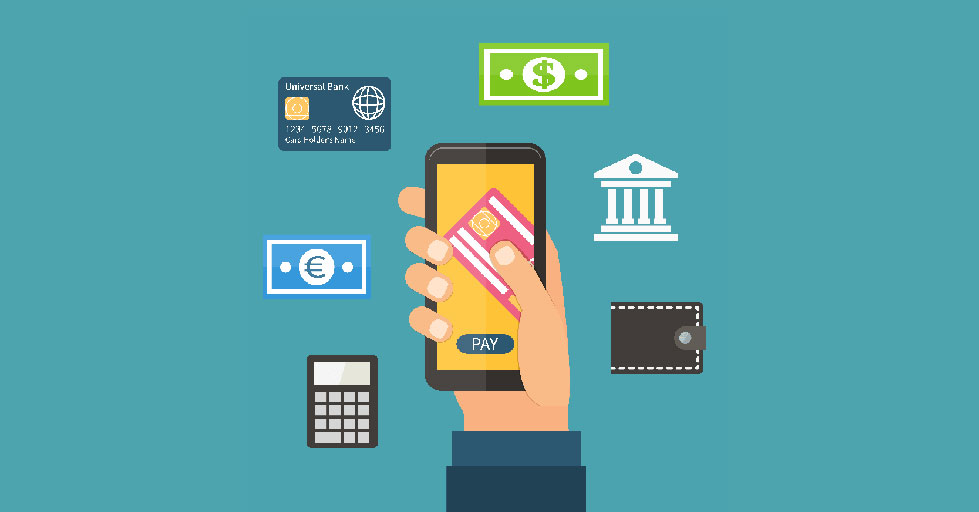In the ever-evolving landscape of e-commerce, payment technologies play a crucial role in shaping the consumer experience. With advancements in technology and changing consumer preferences, the future of e-commerce payments is poised for exciting transformations. From the rise of contactless payments to the increasing popularity of digital wallets, let’s delve into the trends shaping the future of payment technologies.
Contactless Payments: Redefining Convenience

Contactless payments have gained significant traction in recent years, especially in response to the COVID-19 pandemic, which accelerated the adoption of touchless transactions. Utilizing near field communication (NFC) technology, contactless payments enable customers to make purchases quickly and securely by simply tapping their cards or mobile devices at the point of sale. This seamless and hygienic payment method is reshaping the way consumers interact with merchants, offering unparalleled convenience and speed.
Digital Wallets: The Rise of Cashless Transactions

Digital wallets, also known as mobile wallets or e-wallets, are revolutionizing the e-commerce landscape by providing a secure and convenient way for consumers to store their payment information and make transactions online. With digital wallets, users can securely store their credit card details, bank account information, and even cryptocurrency, streamlining the checkout process and enhancing security. Popular digital wallet services such as Apple Pay, Google Pay, and PayPal have become integral components of the e-commerce ecosystem, catering to the growing demand for cashless transactions.
Biometric Authentication: Enhancing Security and Personalization

Biometric authentication, which uses unique physical characteristics such as fingerprints, facial recognition, or iris scans to verify users’ identities, is poised to play a prominent role in the future of e-commerce payments. By incorporating biometric authentication into digital wallet apps and payment platforms, merchants can enhance security measures while offering a more personalized and frictionless shopping experience. Biometric authentication not only mitigates the risk of fraudulent transactions but also eliminates the need for traditional authentication methods such as passwords or PINs, streamlining the checkout process and reducing friction for consumers.
Blockchain Technology: Revolutionizing Payment Infrastructure

Blockchain technology, best known as the underlying technology behind cryptocurrencies like Bitcoin and Ethereum, is reshaping the future of payment infrastructure in e-commerce. By leveraging decentralized ledgers and cryptographic principles, blockchain enables secure and transparent transactions without the need for intermediaries such as banks or payment processors. The integration of blockchain technology into e-commerce platforms offers several benefits, including enhanced security, reduced transaction fees, and increased transparency. Moreover, blockchain-powered smart contracts have the potential to automate payment processes, streamline supply chain management, and facilitate cross-border transactions, opening up new possibilities for e-commerce merchants and consumers alike.
Conclusion
As e-commerce continues to evolve, payment technologies will play a pivotal role in shaping the future of online transactions. From the widespread adoption of contactless payments to the rise of digital wallets and the emergence of blockchain technology, the landscape of e-commerce payments is undergoing rapid transformation. By embracing these innovative payment solutions, merchants can enhance the shopping experience for their customers, driving growth and innovation in the e-commerce industry.
Frequently Asked Questions (FAQs)
- What are the benefits of contactless payments?
Contactless payments offer convenience, speed, and enhanced security for both merchants and consumers. They streamline the checkout process and minimize the risk of fraud by eliminating the need to physically handle cash or cards. - Are digital wallets safe to use for online transactions?
Yes, digital wallets employ advanced encryption and security measures to protect users’ payment information. Additionally, many digital wallet providers offer additional security features such as biometric authentication and tokenization to safeguard transactions. - Can blockchain technology revolutionize e-commerce payments?
Blockchain technology has the potential to revolutionize e-commerce payments by offering enhanced security, transparency, and efficiency. It enables secure and tamper-proof transactions without the need for intermediaries, reducing costs and improving trust in online transactions. - How does biometric authentication enhance the security of digital wallets?
Biometric authentication adds an extra layer of security to digital wallets by verifying users’ identities based on unique physical characteristics such as fingerprints or facial features. This makes it extremely difficult for unauthorized users to access or use the digital wallet. - What are some emerging trends in e-commerce payment technologies?
Some emerging trends in e-commerce payment technologies include the integration of artificial intelligence (AI) for fraud detection and prevention, the rise of cryptocurrency payments, and the adoption of voice-enabled payments using virtual assistants like Amazon Alexa or Google Assistant.











